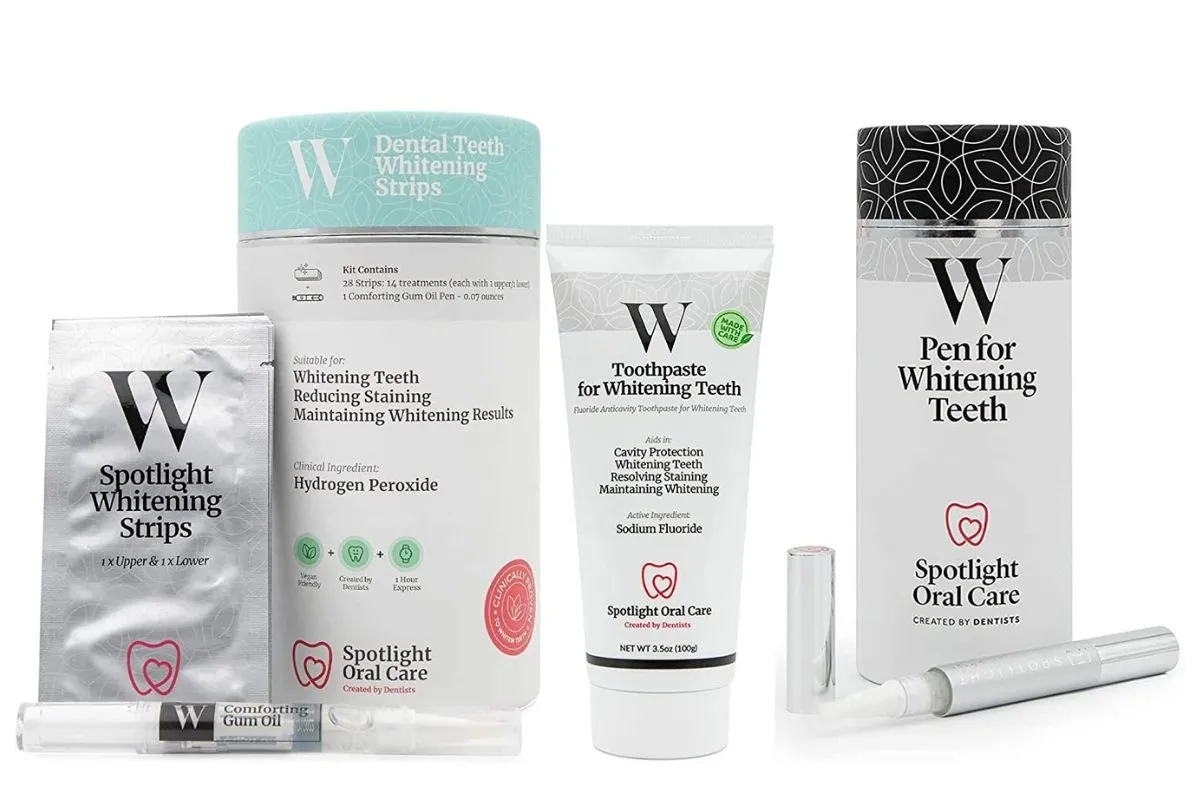Whitening Strips vs Gel Understanding the Basics
The pursuit of a brighter, more confident smile has led to a wide array of teeth whitening options. Among the most popular are whitening strips and whitening gel. Both promise to lighten your teeth and enhance your appearance, but they achieve this through different methods and come with their own sets of advantages and disadvantages. Understanding the fundamental differences between these two options is the first step in determining which is the best fit for your needs and preferences. This article delves into the specifics of each method, exploring their mechanisms, effectiveness, ease of use, cost, and potential side effects, enabling you to make an informed decision for your teeth-whitening journey. It is important to remember that consulting with a dentist before beginning any teeth whitening treatment is always a good idea.
What are Whitening Strips
Whitening strips are thin, flexible plastic strips coated with a peroxide-based whitening agent, typically hydrogen peroxide or carbamide peroxide. These strips are designed to adhere to the surface of your teeth, ensuring direct contact between the whitening agent and the enamel. The convenience and ease of use are major selling points for whitening strips. They are typically applied for a specific amount of time, usually 30 minutes to an hour, once or twice a day, depending on the product’s instructions. The application process is straightforward, making them an attractive option for those seeking a hassle-free teeth-whitening solution. The active ingredient in the strips penetrates the enamel to break down stains and discoloration, leading to a brighter smile over time. It’s crucial to adhere to the manufacturer’s instructions to achieve optimal results and minimize any potential side effects.
How Whitening Strips Work

Whitening strips work by using a chemical reaction to break down stains on the surface and within the enamel of your teeth. The active ingredient, usually hydrogen peroxide, penetrates the enamel and dentin, where it reacts with the stain molecules. This reaction breaks the bonds that hold these molecules together, effectively lightening the teeth. The concentration of the peroxide varies among different brands and products, influencing the speed and degree of whitening. The strips are designed to fit snugly against the teeth, ensuring the whitening agent remains in contact with the tooth surfaces. Consistency is key to achieving the desired results, as the whitening process happens gradually with each application. Following the recommended duration of use and application frequency is crucial for achieving the best results without causing unnecessary sensitivity or other adverse effects.
Whitening Strips Pros and Cons
Whitening strips offer several advantages. Their ease of use is a significant benefit, making them a convenient option for at-home teeth whitening. They are readily available over-the-counter, eliminating the need for a dentist’s appointment. Whitening strips are generally more affordable than professional treatments. However, there are downsides to consider. The strips may not reach all areas of the teeth, particularly in the crevices or behind teeth, potentially leading to uneven whitening. Some users experience tooth sensitivity or gum irritation. The effectiveness of whitening strips can vary depending on the severity of the stains and the concentration of the active ingredient. While they can be effective for mild to moderate stains, they may not be sufficient for more stubborn discoloration. Always read and follow the instructions carefully to minimize potential risks and maximize effectiveness.
What is Whitening Gel
Whitening gel typically contains a peroxide-based bleaching agent, similar to whitening strips, but it is applied to the teeth using custom-fitted trays, or in some cases, with a brush. This method provides more comprehensive coverage of the teeth compared to strips, potentially leading to more even whitening. Whitening gels are available in varying concentrations, and users can often choose the strength that suits their needs and sensitivity levels. Application methods differ; some gels are designed for overnight use, while others are applied for a shorter duration during the day. Professional whitening gels used in a dentist’s office usually have a higher concentration of the whitening agent, leading to faster results. As with any teeth-whitening product, it is essential to follow the product’s instructions and consult a dentist if you experience any adverse effects.
How Whitening Gel Works
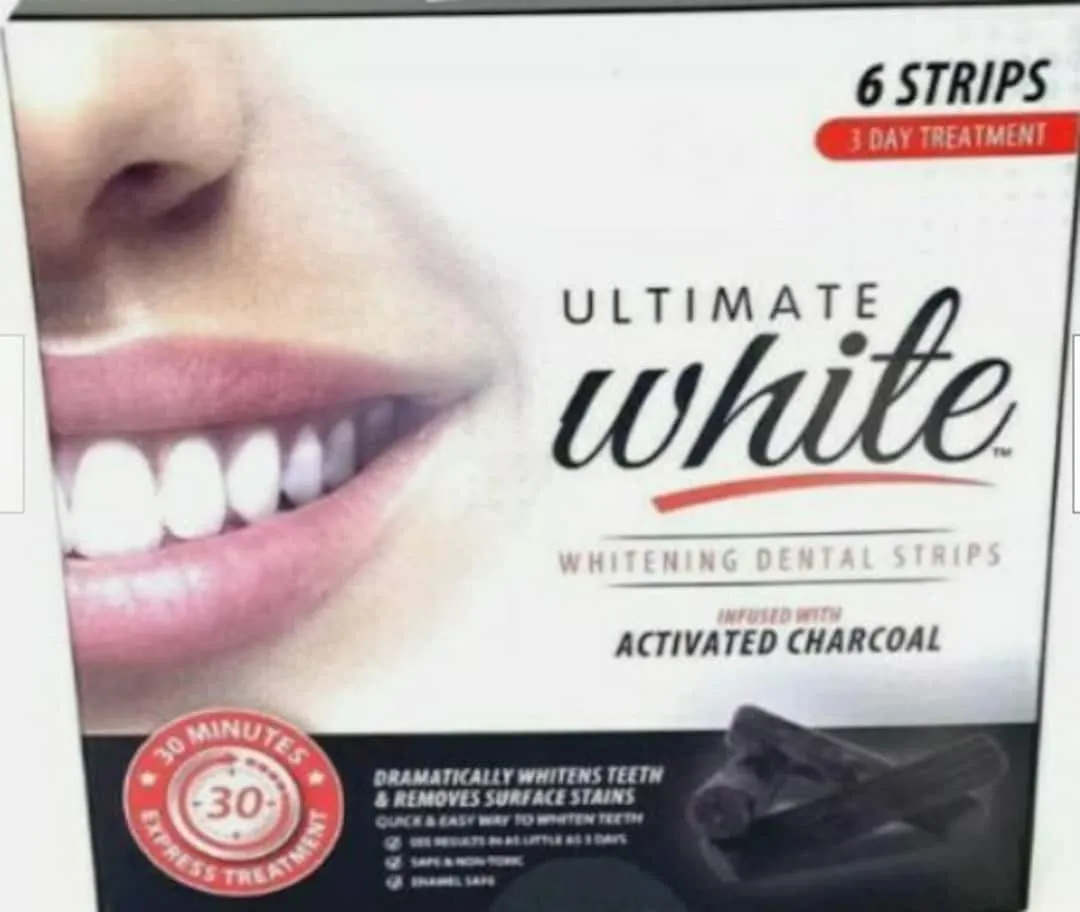
Whitening gel, like whitening strips, works through a chemical reaction to lighten tooth enamel. The active ingredient, typically hydrogen peroxide or carbamide peroxide, penetrates the enamel and breaks down the stain molecules, resulting in a brighter appearance. The gel’s effectiveness depends on the concentration of the active ingredient, the duration of application, and the frequency of use. The custom-fitted trays used with some gels ensure the whitening agent remains in close contact with the teeth, optimizing the whitening effect. The gel is often applied over several weeks, with noticeable results appearing gradually. It is important to note that the process may cause temporary tooth sensitivity or gum irritation. To ensure the best outcome and minimize potential side effects, adhering to the product’s instructions and seeking professional advice from a dentist is advisable.
Whitening Gel Pros and Cons
Whitening gel offers several advantages. Custom-fitted trays ensure thorough and even coverage of the teeth, which can lead to more consistent whitening results. The option to choose varying concentrations allows for customization based on individual needs and sensitivity levels. The use of gel can often result in a more dramatic change in tooth color. However, there are also disadvantages to consider. The process may be more time-consuming than using whitening strips, requiring overnight or daily application for a specified period. The cost of whitening gel, especially the custom-fitted tray option, may be higher than whitening strips. Some users might experience tooth sensitivity or gum irritation. It is crucial to carefully follow the instructions and to consult a dentist before starting this treatment to guarantee its safety and effectiveness.
Whitening Strips vs Gel Effectiveness
The effectiveness of whitening strips and gels can vary depending on several factors, including the type and severity of the stains, the concentration of the whitening agent, and the duration of use. Both methods can effectively lighten teeth, but the degree of whitening and the speed at which results appear can differ. Professional whitening treatments, which often use stronger gels, tend to produce quicker and more dramatic results. Over-the-counter products, like strips and gels, require consistent use over several weeks to achieve noticeable changes. The quality of the product and proper application play a significant role in the final outcome. Additionally, individual differences in tooth enamel and the types of stains can also affect the results. Consulting a dentist can provide insights into the best method for your specific situation.
Factors Affecting Whitening Results
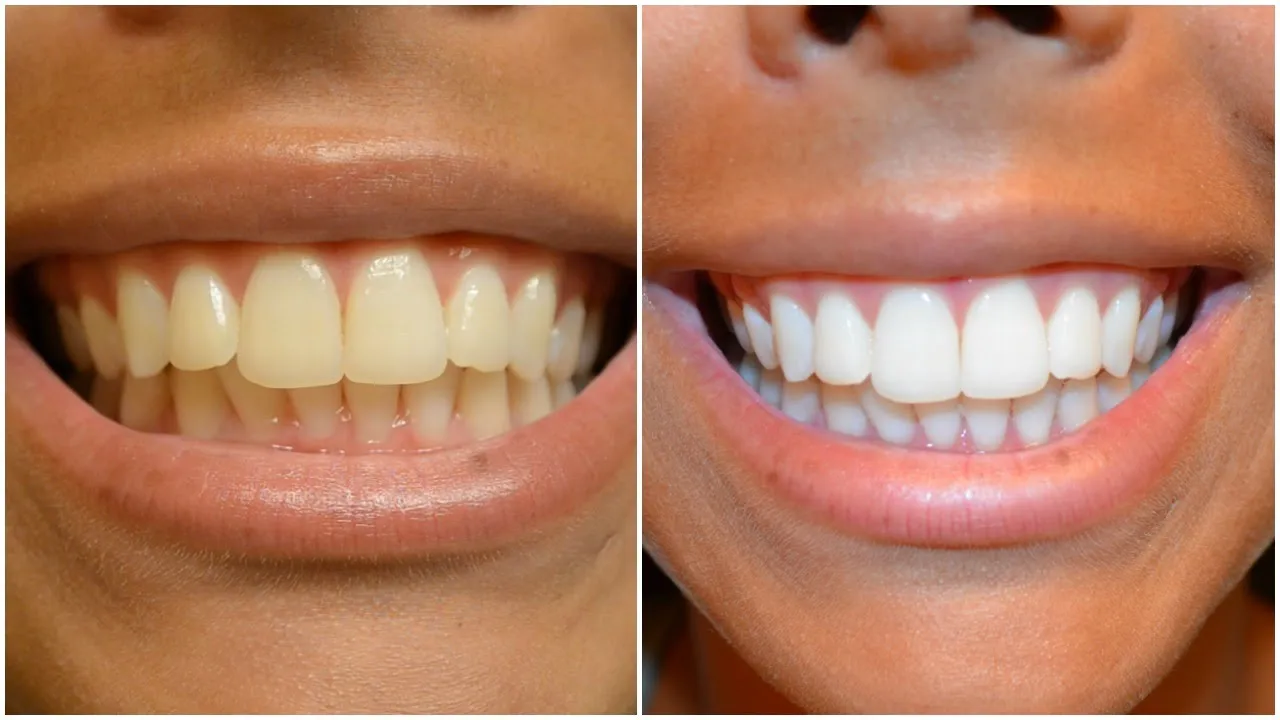
Several factors influence the effectiveness of teeth whitening treatments. The type and severity of the stains are key determinants. Surface stains caused by coffee, tea, and tobacco are often easier to remove than stains caused by medications or underlying dental issues. The concentration of the active ingredient in the whitening product, whether it’s strips or gel, significantly impacts the results. Higher concentrations generally lead to faster and more dramatic whitening, but they also increase the risk of sensitivity. The duration of use and consistency are crucial. Following the product instructions and using the treatment regularly is essential for achieving the desired results. The natural shade of your teeth also matters, as some teeth whiten more easily than others. Finally, individual oral hygiene habits and the presence of existing dental work can also influence the outcome.
Comparing Results Whitening Strips
The results from whitening strips typically become noticeable after a few weeks of consistent use. The degree of whitening can vary depending on the specific product and the individual’s teeth. Whitening strips are effective for removing surface stains and lightening teeth by a few shades. However, they might not be as effective for deep-set stains or significant discoloration. The ease of use is a major advantage. Users can apply the strips at home without needing custom trays or dental appointments. Consistent use, as directed on the product packaging, is critical for achieving the best results. Results are often more subtle than with professional treatments but still provide a noticeable improvement in the brightness of your smile.
Comparing Results Whitening Gel
Whitening gel, especially when used with custom trays, can provide more even and comprehensive whitening results. The gel is in direct contact with the teeth for extended periods. Results can be more dramatic than with whitening strips, particularly if a higher concentration of the whitening agent is used. The time frame for seeing noticeable results is often similar to whitening strips, usually several weeks. However, the custom trays provide more uniform coverage, which means potentially a more consistent and even whitening effect. Professional whitening gels used in a dentist’s office usually produce faster and more pronounced results. The effectiveness depends on the concentration of the whitening agent, the consistency of use, and the nature of the stains.
Whitening Strips vs Gel Convenience and Ease of Use

The convenience and ease of use are significant factors when choosing between whitening strips and gel. Both options offer at-home teeth-whitening solutions, but the application methods differ. Understanding the practical aspects of using each product can help you determine which fits your lifestyle and preferences better. Consider the time commitment, the steps involved in applying the product, and the overall hassle-free experience each method provides. Factors such as the need for custom-fitted trays, the application duration, and the frequency of use will influence the convenience aspect. Thinking about these practical details can guide you toward the more accessible and user-friendly option for your teeth-whitening journey.
Ease of Use Whitening Strips
Whitening strips are known for their simplicity and ease of use. The process is generally straightforward; you peel the strips from the backing and apply them directly to your teeth. Most strips are designed to be worn for a specific amount of time, usually 30 minutes to an hour. This quick application makes them an ideal choice for those with busy schedules. There’s no need for trays or special equipment, making them highly portable. The strips are typically applied once or twice a day, and the whole process is relatively quick and hassle-free. This ease of use encourages consistent application, which is crucial for seeing the desired results. Always follow the manufacturer’s instructions to ensure effective and safe use.
Ease of Use Whitening Gel
Whitening gel, while also offering at-home options, may involve a slightly more involved application process compared to strips. If using a custom tray, you’ll first need to ensure the tray fits correctly and then apply the gel to the tray before placing it over your teeth. The application time can vary, with some gels designed for overnight use, while others are applied for a shorter duration during the day. Using whitening gel typically requires a bit more time for preparation. This method often includes ensuring the teeth are dry before application to aid in the gel’s effectiveness. However, the comprehensive coverage provided by the gel can provide more uniform whitening results. The convenience depends on your comfort level with using trays and your willingness to allocate more time to the process.
Whitening Strips vs Gel Cost Considerations
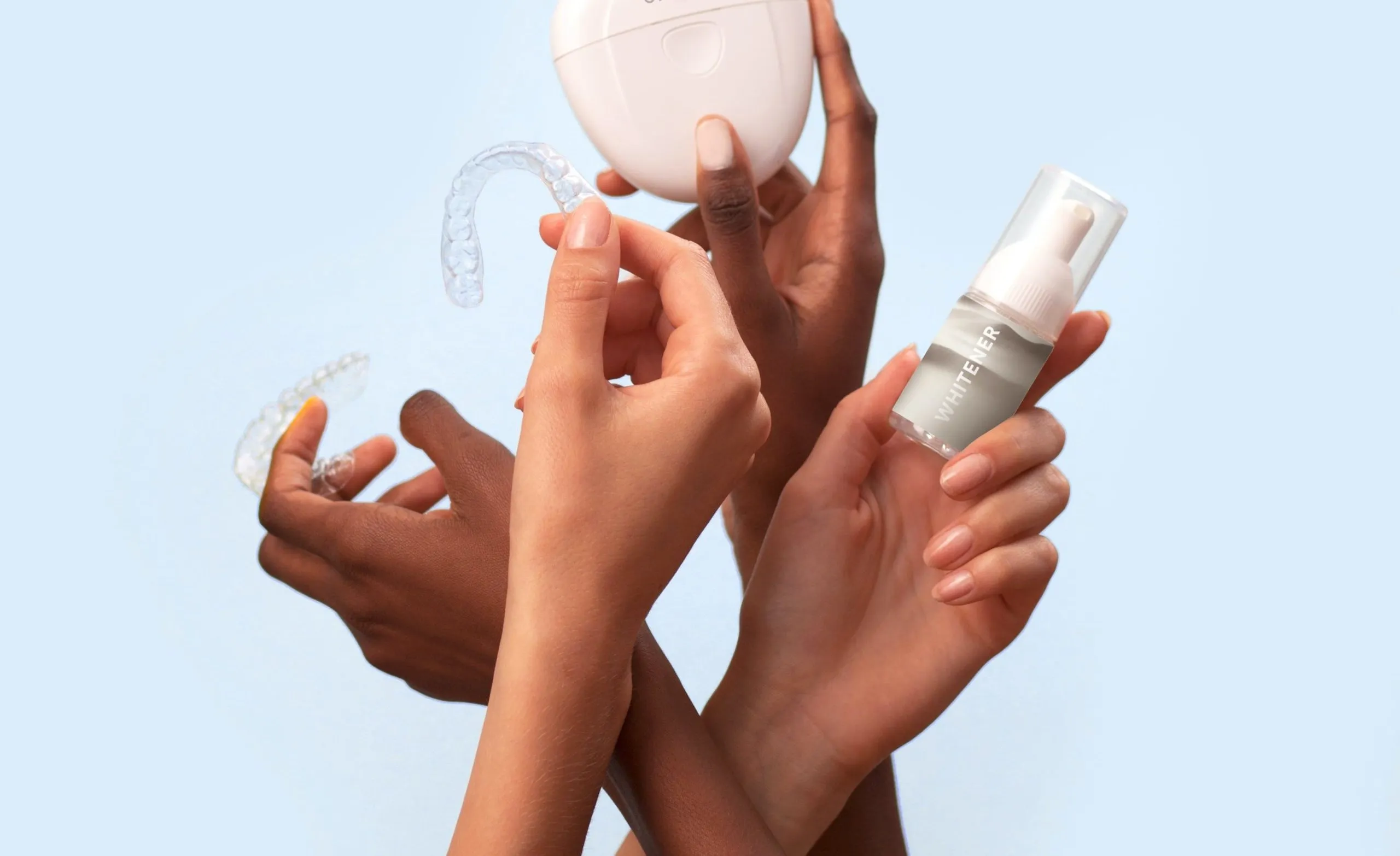
Cost is a significant factor in the decision-making process. Over-the-counter products are generally more affordable than professional teeth-whitening treatments, but prices can vary between different brands and products. When comparing whitening strips and gels, it is important to consider the initial purchase price, the cost per treatment, and the long-term cost of maintaining the results. Considering the value for money and the expected outcome is also essential, ensuring that you choose a method that fits your budget and provides the results you desire. The price difference between whitening strips and gel can be influenced by factors such as the brand, the concentration of the whitening agent, and the quantity of the product included in the package.
Whitening Strips Cost Analysis
Whitening strips are generally one of the most budget-friendly options for at-home teeth whitening. The cost varies depending on the brand, the number of strips included in the package, and any additional features. The overall cost per treatment is relatively low, making them an attractive option for those seeking affordable solutions. Strips can be easily purchased from drugstores, supermarkets, and online retailers, providing easy accessibility. The cost-effectiveness of whitening strips makes them a good choice for individuals who want to improve the brightness of their teeth without a large investment. The value for money is often a key factor in the decision-making process, considering the ease of use and the potential whitening outcomes they offer.
Whitening Gel Cost Analysis
The cost of whitening gel can vary depending on the method of application. Over-the-counter whitening gels, which often come with pre-made trays, are generally more affordable than custom-fitted trays provided by a dentist. The initial cost will include the gel and the trays. The overall cost may depend on the concentration of the whitening agent and the quantity of the gel in the package. The cost of custom-fitted trays will be higher. However, the results may justify the additional investment. Considering the effectiveness, potential for uniform whitening, and the need for multiple applications, the total cost over the treatment period needs to be evaluated. Always compare the cost with the expected results and personal preferences to determine if whitening gel aligns with your budget and expectations.
Whitening Strips vs Gel Safety and Side Effects
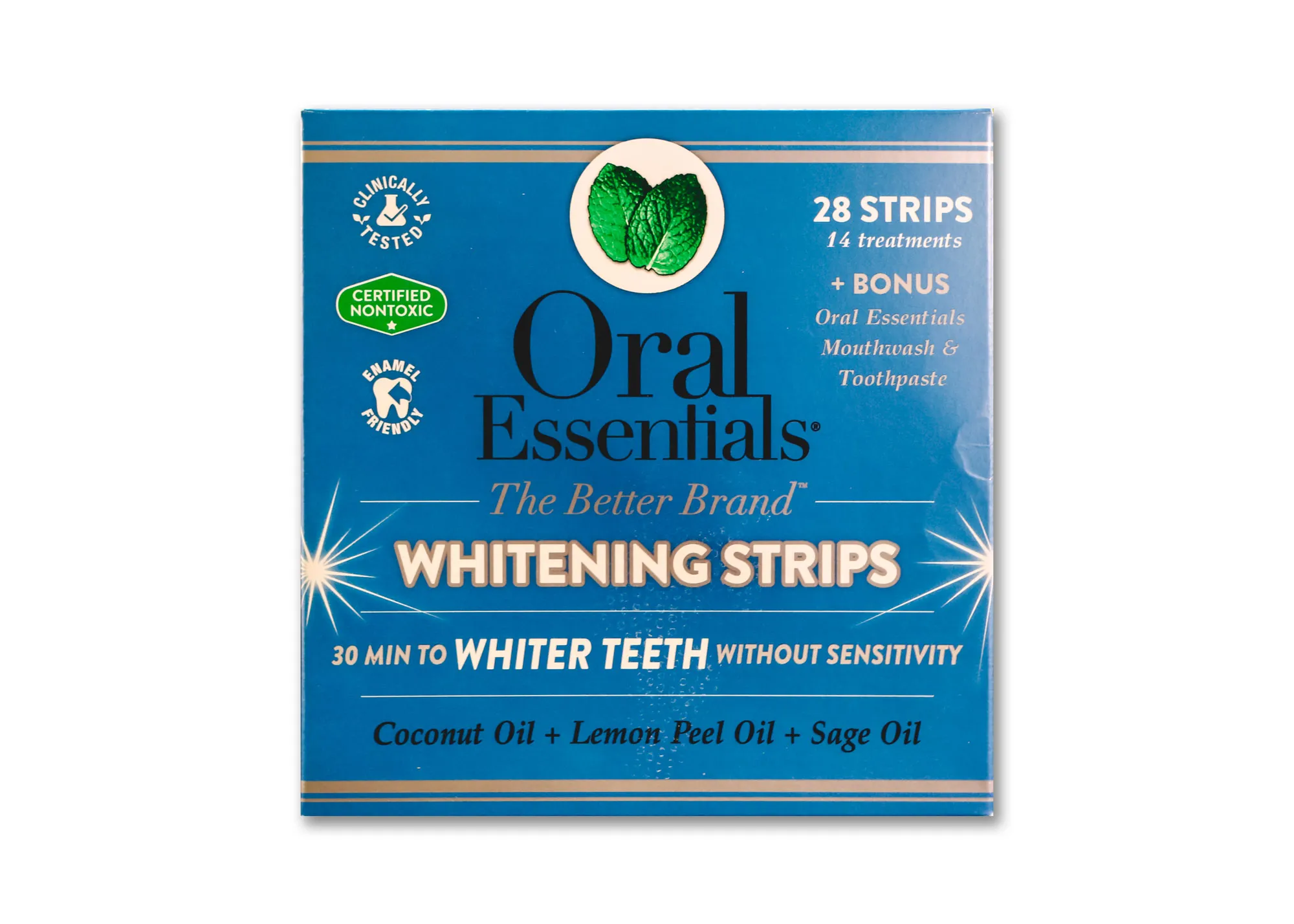
Safety and potential side effects are important aspects of any teeth-whitening treatment. Both whitening strips and gels contain peroxide-based agents, and, therefore, they have similar potential side effects. Being aware of these risks helps you to make a well-informed decision. If you have any existing dental issues, such as sensitive teeth, cavities, or gum disease, consult a dentist before starting any teeth-whitening treatment. Professional guidance is always advised to ensure the treatment is safe and effective for your individual needs.
Whitening Strips Side Effects and Safety
The most common side effects of whitening strips include tooth sensitivity and gum irritation. These side effects are usually temporary and subside after completing the treatment or reducing the frequency of use. Sensitivity occurs because the peroxide penetrates the enamel and reaches the dentin, stimulating the nerves. Gum irritation can happen if the strips come in contact with the gums for an extended period. To minimize these effects, it is essential to carefully follow the product instructions. Avoid prolonged contact with the gums and refrain from overusing the strips. If the sensitivity or irritation becomes severe, it is advisable to discontinue use and consult with your dentist. Always select products from reputable brands that adhere to safety standards.
Whitening Gel Side Effects and Safety
Whitening gel has the same potential side effects as whitening strips. Tooth sensitivity and gum irritation are the most common. When using whitening gel, especially with custom trays, there is also a risk of the gel leaking onto the gums, which can cause irritation. Sensitivity may occur due to the peroxide agent’s action on the enamel and dentin. The concentration of the peroxide in the gel plays a role in the severity of side effects. To minimize the risk, follow the product’s instructions. Use the correct amount of gel and ensure that the trays fit properly. If you experience significant sensitivity or gum irritation, consider reducing the frequency or duration of treatment, or consult with your dentist. It’s always recommended to seek a professional consultation to assess your suitability for teeth-whitening treatments.
Choosing the Right Whitening Method

Choosing the right teeth-whitening method depends on your individual needs, preferences, and dental health. Consider the factors discussed above to make an informed decision. Consult your dentist to assess your oral health and to get personalized advice. Before beginning any teeth-whitening process, it’s important to understand your expectations and ensure you are aware of the potential risks and benefits. The best whitening solution will be the one that fits your budget, lifestyle, and provides the desired results safely and effectively. Remember that a bright smile is a journey that requires thoughtful consideration and, often, professional advice.
Considerations for Choosing Whitening Strips
Whitening strips are an excellent choice for individuals seeking a convenient and affordable teeth-whitening solution. They are well-suited for those with mild to moderate stains. Consider whitening strips if you value ease of use and portability. Also, consider them if you are looking for a low-commitment option that fits easily into your daily routine. The process is relatively quick and doesn’t require extra equipment. However, assess if the strips are suitable for your teeth. Be sure to address any existing dental issues before starting the treatment. Always follow the product’s instructions to minimize risks. Strips may not be the best option if you have sensitive teeth or significant discoloration. Consulting your dentist can provide personalized advice, helping you to determine whether whitening strips are the appropriate choice for your needs.
Considerations for Choosing Whitening Gel
Whitening gel, especially when used with custom trays, offers more comprehensive coverage, which can lead to more even and dramatic whitening results. Consider whitening gel if you are prepared for a more involved process. Those wanting to achieve significant whitening and who don’t mind a potentially higher cost and a slightly longer treatment time may find this to be the better option. Assess your commitment to the application process, as the treatment typically requires daily or overnight use. If you are comfortable with custom trays and willing to invest the time, whitening gel can be an effective option. People with more severe staining or those seeking a more pronounced whitening effect may find whitening gel to be the better option. Consult your dentist to check if the gel is appropriate for your situation and your needs.
